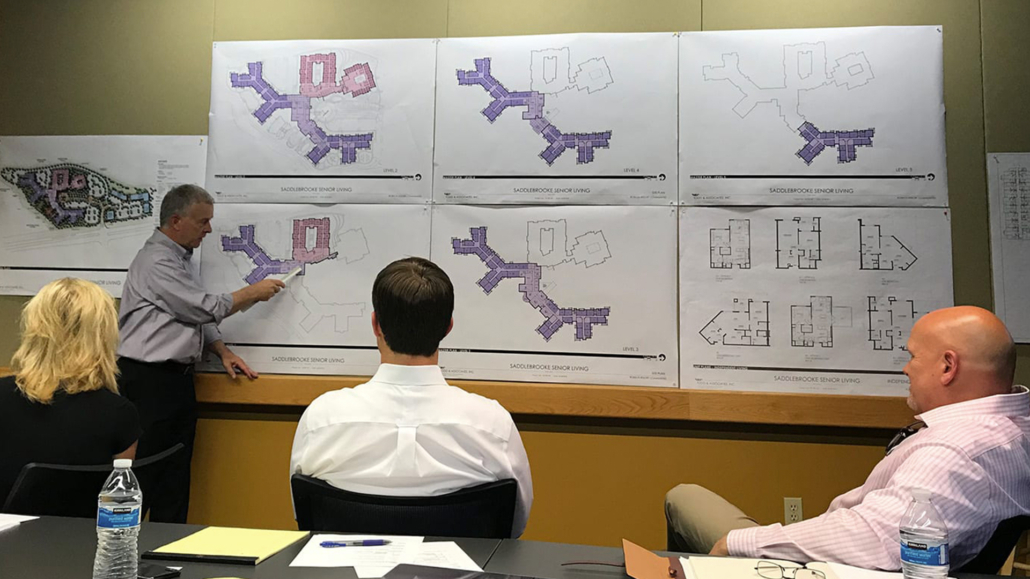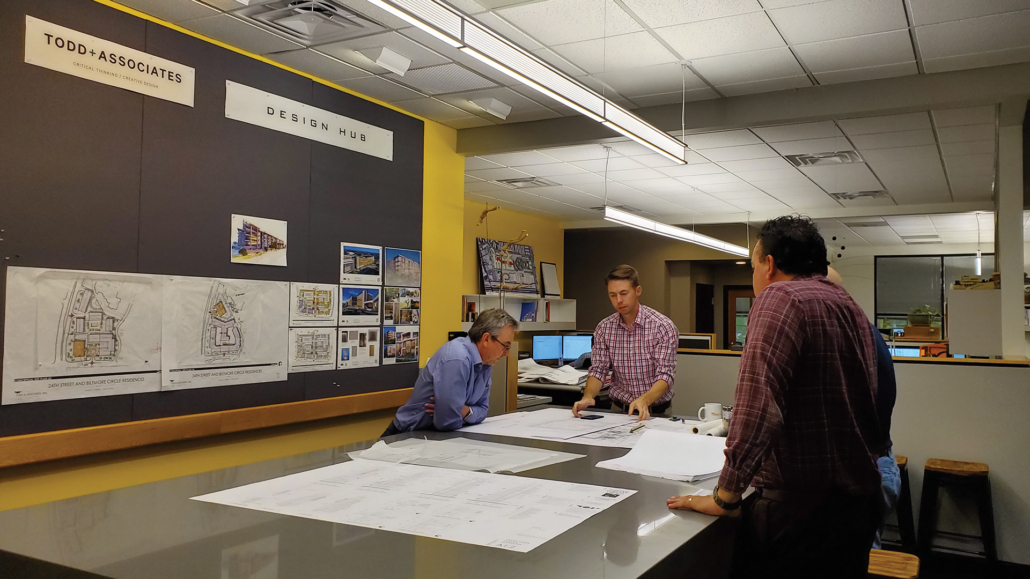Over the years, I’ve come to appreciate the significance of collaboration in the design process. I’ve noticed the best projects I’ve been involved with all included constructive collaborative relationships that led to amazing results. In this paper, I’ll describe three levels of collaboration that are integral to the design process, who the players are, and how they all work together.
What is Design Collaboration?
While there are many types of collaboration, we’re going to focus on design collaboration. This describes the creative interactions between members of a Design Team, and how they influence the design process. Design Collaboration is a key component of Design Culture; it’s the people part of the equation.
Three Levels of Collaboration
We’re going to focus here on the architectural design process, but the concepts remain valid for other design disciplines and teams as well. There are three levels of collaboration:
- Local (Internal Project Team Level)
- Regional (Internal Organization Level)
- Global (External to Organization Level, i.e., Clients, Consultants, other Design Professionals)
Let’s explore each of these Levels of Collaboration, who participates, what they do, and how they all tie together.
Local Collaboration
Local collaboration is the basic building block of the design process within a design firm. It occurs internally (within our organization) and usually includes, but is not limited to: the Project Designer, the Project Manager, and the Team Leader.
Local collaboration is messy, noisy, and full of creative energy. It’s where ideas large and small are born and where design synthesis occurs.
Regional Collaboration
Regional collaboration is where the ideas that come out of the local collaboration process are reviewed, tested, and critiqued. In a way, it’s a form of design quality control. At Todd & Associates, we hold regular internal design review sessions that allow our senior leadership an opportunity to offer feedback and advice to the individual project teams.
This type of input reminds our design teams of the broader design goals of a project, encourages Dreaming Big, focusing on Quality and telling a story through design. These ideas are brought back to the local collaboration level where refinements and adjustments can be made. This is a cyclical process.

Global Collaboration
Global collaboration occurs between our organization and outside entities such as other design firms, consultants, and perhaps most importantly, our clients.
This is where the term “art of collaboration” is most appropriate. Navigating the complex dynamics of multiple personalities, skillsets, and competing values at this level requires a willingness to put the best interests of the project first. As challenging as it can be, the positive results are well worth the effort!
Great design ideas can come from anywhere, the trick is recognizing when a design concept adds value to the project. It’s especially important to generate a level of trust amongst the participants in these types of collaborations as it is with all forms of collaboration.
Final Thoughts
Design Culture is about creating an environment where design can flourish. Effective collaboration, at all levels, is critical to making that happen. Understanding the importance of collaboration, and actively seeking it out, will set your organization apart, and provide a pathway to design excellence.
Craig Stoffel, AIA | Director of Design




